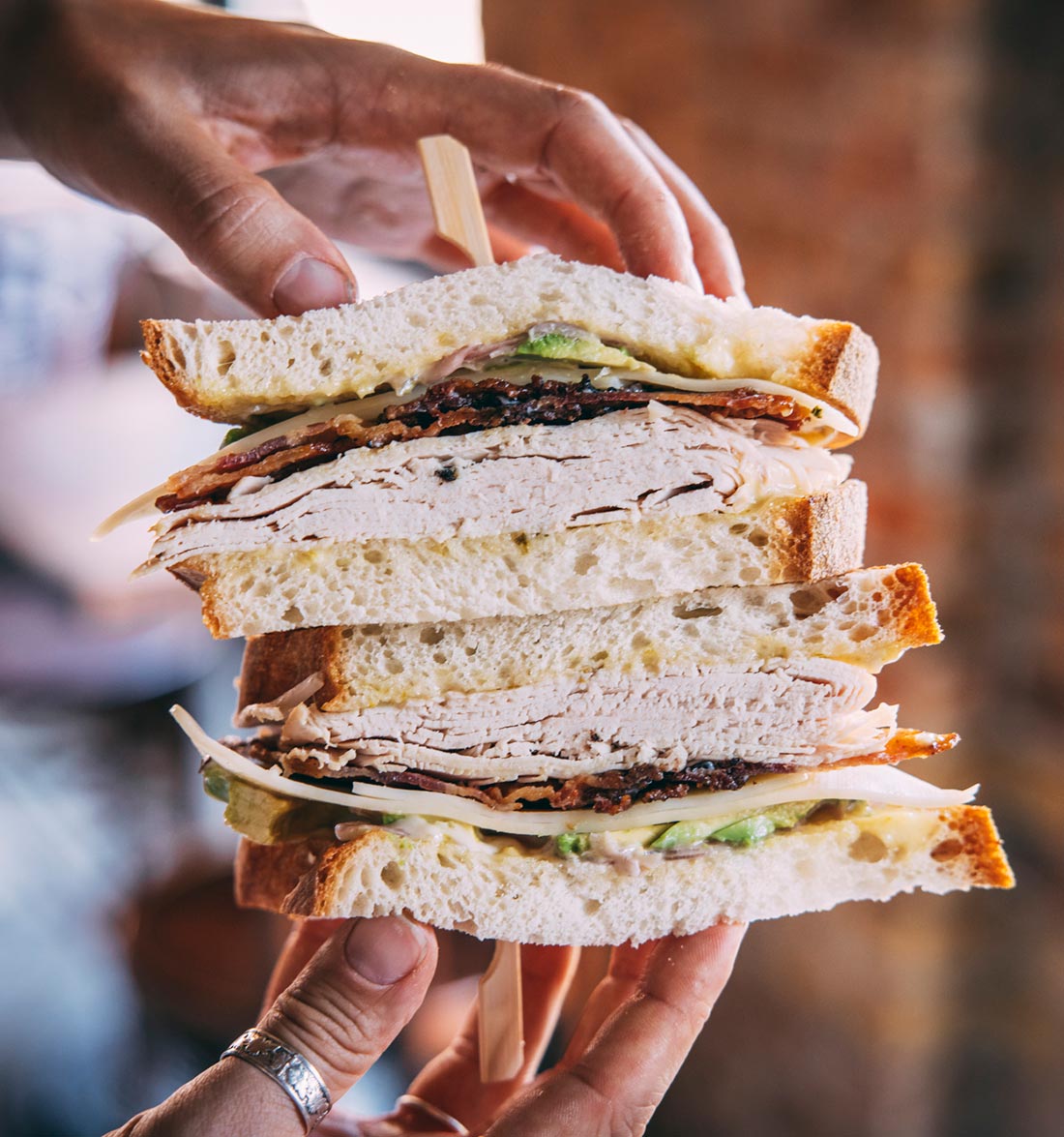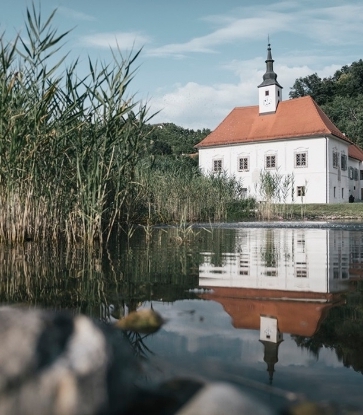A la plancha is a style of food preparation that combines high-temperature searing with a small amount of smoking. Gambas a la plancha, often translated as “pan-seared prawns”, ranks with patatas bravas and tigres among the most iconic Spanish tapas. Though most recipes call for a cast-iron skillet, it was traditionally made on a plancha.
How it works
In Spain the word plancha is used to refer to any flat heated surface - including the hot irons used to press and smooth garments. In the culinary world the term has come to be associated with a specific collection of characteristics, from which custom-built models can cherry pick.
Like the griddles used in fast food joints to sear hamburger patties, the plancha is heated to a scorching temperature of around 350°C. Unlike a griddle, the highest heat is concentrated at the centre of the metal plate, allowing for different ingredients to be cooked simultaneously at different temperatures and shifted around easily without adjusting the intensity of the heat source. Most planchas are also coated with a layer of non-reactive chrome to minimise flavour changes and make cleanup easier.
Traditional planchas were thin enough to warp with temperature changes, popping up in the middle to create a hump that drained away excess grease without drying the food out like a barbecue would. Many modern day planchas are manufactured with a slight slope to mimic this effect.
Cooking a la plancha
Planchas shine in the preparation of fish and seafood, or steak, which require high-temperature searing on the surface while keeping the insides tender and rare. To emphasise the freshness and quality of the ingredients, no complicated seasonings or marinades are needed. Just olive oil, lemon and possibly garlic, if anything at all. Drizzle them over your fish fillets, vegetables or meat, then toss them on the preheated plancha. Once you have a nice sear, move them to a cooler area to keep warm or finish cooking over a gentler heat.
















